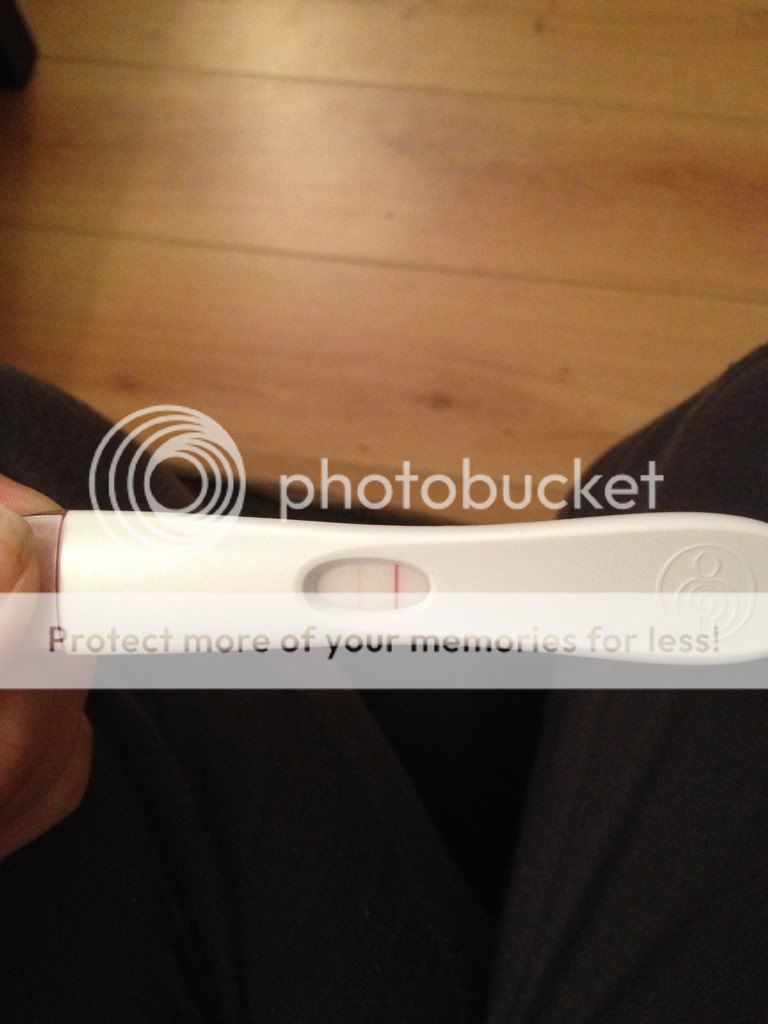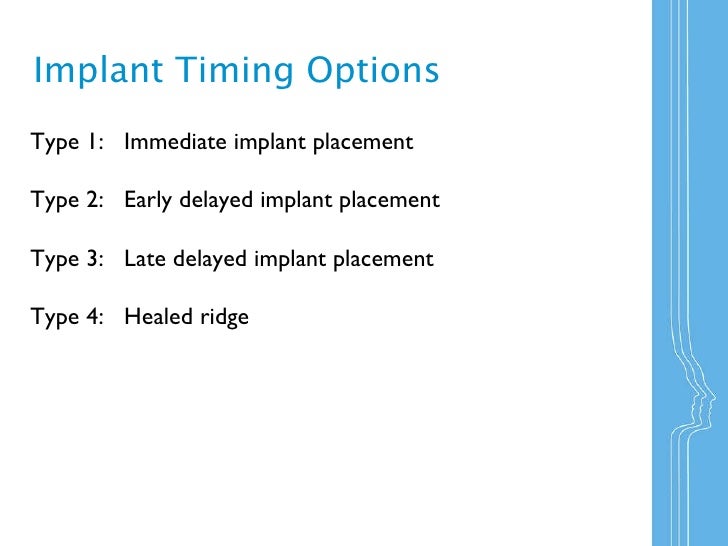

This bleeding or light spotting is called implantation bleeding. Implantation bleeding: When a fertilized egg is implanted in the uterus, its movement can cause light bleeding or spotting.Common early signs of pregnancy include: (4) Implantation cramps are often accompanied by other signs of implantation or early symptoms of pregnancy which help to distinguish them from period cramps. Duration: The duration of implantation cramping varies-some may only feel pain once for a short period, while others may feel intermittent bouts of pain for several days.However, sometimes they only occur on one side of the body. Location: Implantation cramps usually occur around the lower back or lower abdomen, similar to period cramping.

Implantation cramps may feel like mild cramping associated with light tingling, prickling, or pulling sensations.
Feeling: Implantation cramps may feel like period cramps, but they are generally lighter in intensity. Timing: Implantation cramps usually occur 0 to 14 days after conception, between 2 to 7 days before your period arrives. Characteristics of Implantation CrampsĪlthough implantation cramps do not occur in every pregnancy, people that do experience them may be able to identify them by the following characteristics: (3) (2) Not every woman feels implantation cramps in fact, most women feel no cramps at all. These cramps usually occur due to the uterine contractions. The phenomenon in which the egg implants in the uterine wall is called implantation.ĭuring the process of implantation, some women experience implantation cramping. The blastocyst then burrows into the lining of the uterus. The fertilized egg then travels to the uterus where it is converted into a blastocyst. In a normal pregnancy, after fertilization, the cells begin to grow and multiply. When an egg is fertilized by a sperm, pregnancy begins. These cramps are often very similar to implantation pain, which is why women misunderstand them for implantation cramps. Menstrual cramps may be associated with other common period pain, including ligament pain and headaches. This painful cramping is a result of uterine contractions that occur before and during menstruation as the body sheds the uterine lining. (1) Menstrual cramps are mild to severe cramps in the lower back and lower abdomen which can throb. Menstrual pain, which is called dysmenorrhea in medical terms, happens to about 84.1% of people who have periods. As always, if you are in severe pain or are experiencing heavy, unexplained vaginal bleeding, it’s a good idea to consult with your healthcare provider. This article includes everything you need to know about implantation cramps and period cramps. In order to understand whether you are having implantation cramps or PMS cramps, you need to know the differences between the two. For many people, mild cramps when they’re not on their menstrual period can cause anxiety as they wait to see if they’re pregnant or simply experiencing premenstrual symptoms. 
But cramps are not just a sign of pregnancy, they can also be a sign that a person’s regular period is approaching. One of the most common early pregnancy symptoms is implantation cramps. If they feel the presence of any kind of early signs of pregnancy, like a missed period, food cravings/aversions, a late period, sore breasts, or strange vaginal discharge, they may decide to take a pregnancy test. Whether of not they’re trying to get pregnant, women who are involved in sexual activity during their reproductive age are generally very attuned to any physical changes that may signify pregnancy.







 0 kommentar(er)
0 kommentar(er)
